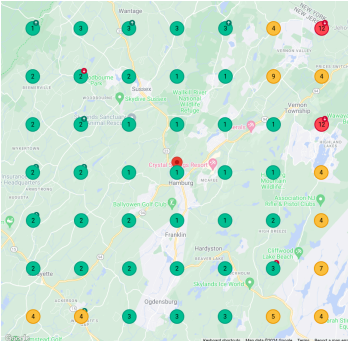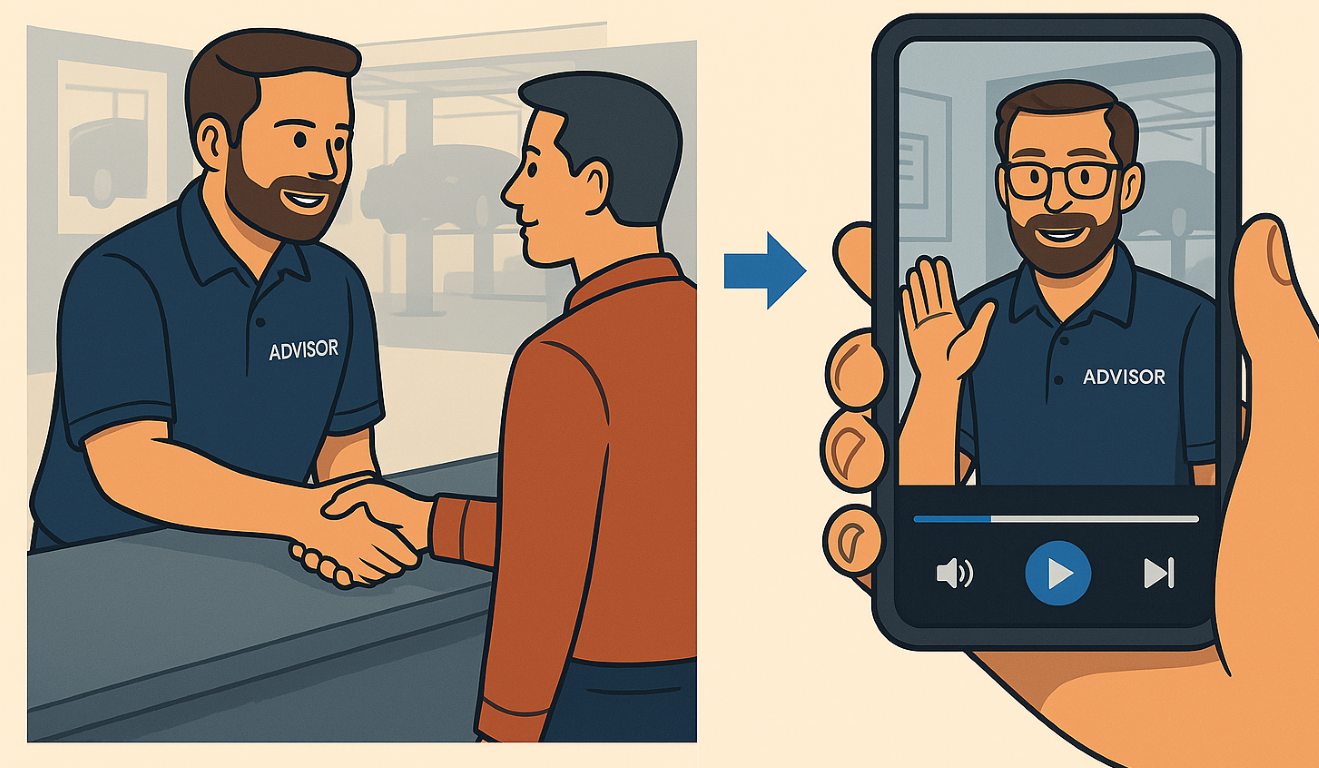In the auto repair shop SEO world, tools like SEMRush and Local Falcon have become staples for auto shops aiming to understand and improve their online visibility. These tools offer valuable insights, such as keyword rankings, backlink analysis, and competitor performance. However, while these data points are helpful, they represent only a snapshot of your auto shop's online presence. To succeed in SEO—especially when trying to rank outside your geographic area—you need to understand the deeper factors at play, particularly how Google interprets user behavior.
The Limitations of Ranking Tools
The SEMRush Map Rank Tracker Heatmap, Local Falcon, and similar tools are powerful, but they have a fundamental limitation: They analyze data in isolation, detached from the context of actual consumer behavior. These tools can tell you where you rank for certain keywords, but they can’t fully capture the nuances of how real people interact with your auto shop's site, a critical factor that Google considers when determining rankings.
For example, a tool might show that your website ranks well for a specific keyword in a certain location. However, this doesn’t necessarily mean your business is reaching the right audience or that it’s positioned to rank in other geographic areas. Google’s algorithm is increasingly sophisticated and focuses on delivering the most relevant results based on user intent and behavior rather than just keyword relevance.
Other tools do not include ranking data for a larger sample of data over time. These tools provide data that is extremely limited and unreliable for use in strategy and reporting. Tools that do not include a true snapshot or copy of the actual search engine result page further expose how unreliable they are for evaluating performance.
The Myth of Geographic SEO Manipulation
Over the years, numerous tactics have been suggested to manipulate geographic SEO, some of which are ineffective, misleading to consumers, and/or risky. One such approach that surfaced in the past involved creating fake Google Business profiles with PO Box addresses to trick Google into thinking a business had a physical presence in multiple locations. While this might have worked temporarily, it’s against Google’s guidelines and could result in penalties, ultimately harming your SEO efforts.
Instead of trying to outsmart Google with these risky strategies, focus on legitimate ways to expand your reach. These include enhancing your website content and Google Business Profile and engaging in paid marketing.
The Role of Content and Paid Marketing in Geographic Ranking.png?width=503&height=503&name=image%20with%20the%20theme%20of%20car%20repair%20and%20geographic%20targeting%20(Medium).png)
One of the best ways to increase your visibility outside your local area is through high-quality content that resonates with a broader audience. For example, if your business provides valuable resources or insights that appeal to people beyond your immediate vicinity, Google is more likely to rank your content in those areas. If a business specializes in a particular niche and no businesses are relevant to that niche in other geographic areas, a repair shop's reach can also expand. This is particularly true if your content gains traction through platforms like Google Discovery, where it can be showcased to users who might not otherwise encounter your website.
Another powerful strategy is paid marketing. Paid search and display ads allow you to target specific geographic areas, driving traffic to your site from locations where you want to increase your presence. Over time, this influx of visitors can signal to Google that your business is relevant in these regions, potentially boosting your organic rankings as well.
The Power of User Engagement
A recent leak from Google highlighted that user engagement is now one of the most significant factors in determining a website’s ranking. The more people visit and interact with your site, especially from diverse locations, the more likely Google is to recognize it as relevant and authoritative.
This means that driving traffic to your website from the areas where you want to rank is not just a short-term strategy but a long-term investment in your organic search performance. By combining high-quality content with targeted paid marketing, you can build a strong foundation for geographic expansion in your SEO efforts.
While tools like SEMRush provide useful insights, they should be seen as part of a broader SEO strategy that prioritizes user behavior and engagement. By focusing on creating valuable content and leveraging paid marketing to reach new audiences, you can improve your chances of ranking outside your immediate geographic area—without resorting to risky or unproven tactics. Remember, in SEO, it’s not just about where you rank today but how you build sustainable growth for the future.
About the Author
Adam Kushner
Adam Kushner grew up in his family’s repair shop and worked every role—from lead tech to operations. In 2013, he founded Business Actualization™ to help auto repair shops grow through marketing that actually aligns with shop realities. Today, Adam leads a team of industry-savvy professionals and continues to consult with his family’s shop, combining deep shop knowledge with progressive marketing execution.

.png)

.png)